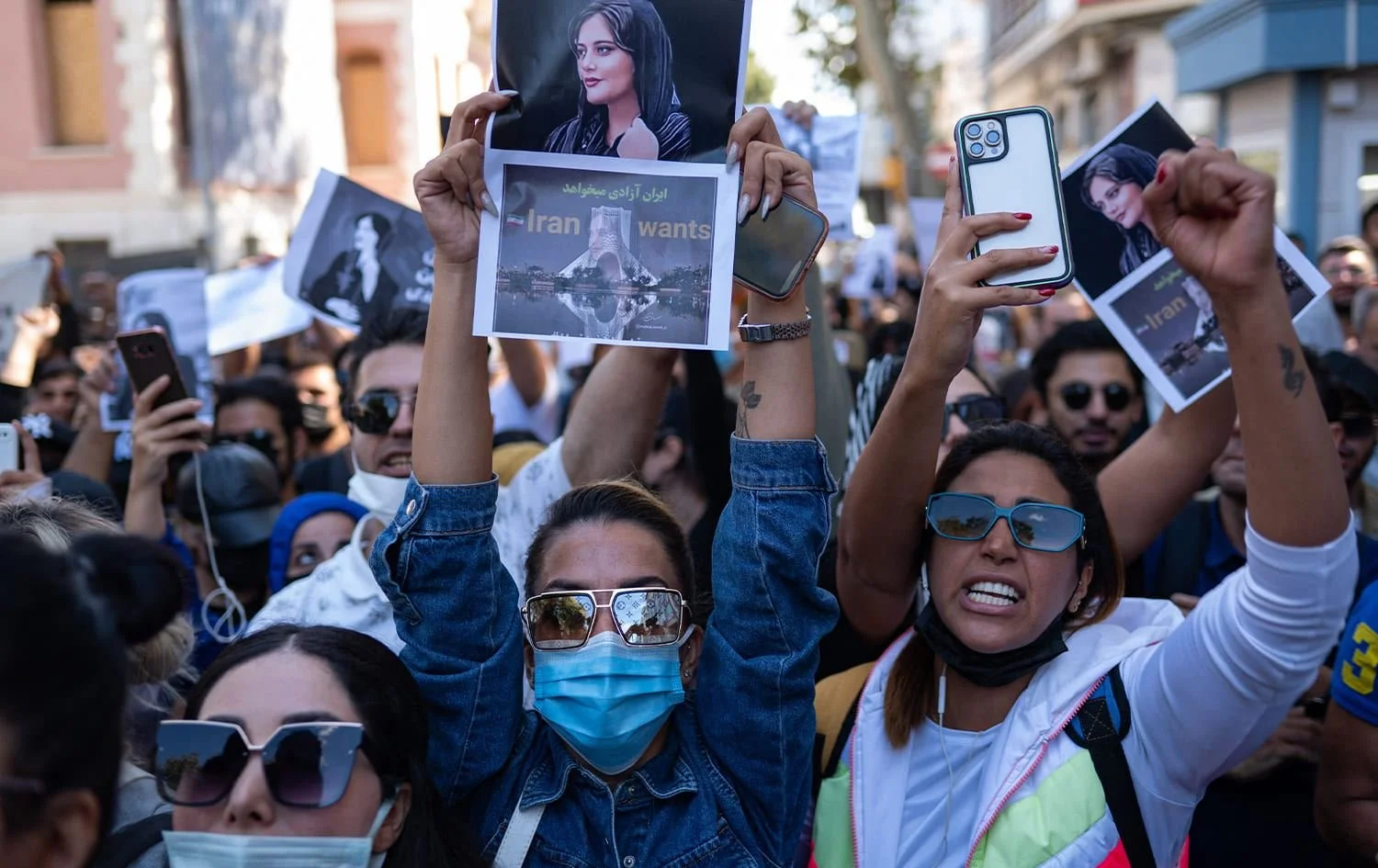Liberation in Iran
By Jon Eden Khan
For over two weeks now, anti-government protests have been spreading through Iran after Mahsa Amini, 22, a Kurdish woman, died after having been in a coma for three days, induced by an apparent stroke after being detained by the country’s so-called morality police for wearing an “improper hijab” in the capital, Tehran.
There are reports that she was beaten.
Protests began in her hometown and have spread like wildfire.
Iranian celebrities and even the daughter of Iran’s late President have been arrested. Dozens have been killed.
There is collective outrage about the death of this young woman.
For decades, it seems resentment, terror, rage, and grief have been brewing under the surface of Iran’s ultra-conservative regime.
And it seems that her death was the straw that broke the camel’s back.
Many Western people will be watching the protests in Iran, supportive of progressive change and the cause of women’s liberation, while also feeling a certain distance from the process.
And yet, a deeper understanding of the history of what is unfolding in Iran dissolves the illusion of that distance and reveals how interconnected our paths of injustice and liberation truly are.
The current ultra-conservative regime in Iran, which operates through such structures as the Ayatollahs, the Revolutionary Guard, and the morality police was instituted after the Iranian Revolution of 1979, which overthrew the Persian monarch, the Shah.
The Shah had ruled for 26 years since the Iranian Coup-E’tat of 1953, which involved a UK and USA supported overthrow of the democratically elected Prime Minister, Mohammed Mosaddegh.
Mosaddegh was taken out because he had plans to end the subjugation of Iran and its resources to rich Western nations such as the UK and USA, and to channel that wealth back into the betterment of Iran.
The UK and the USA were so opposed to this shift that after attempting to force Iran’s hand with economic pressure, they went on to overthrow the democratically elected government and replace it with the pro-Western Shah who was willing to align with the Western agenda for Iran’s resources.
In 2013 the US government formally acknowledged its role in the coup by releasing previously classified government documents that demonstrated it lead both the planning and the execution of the coup, which included bribing Iranian politicians, security and army high-ranking officials, as well as campaigns of pro-coup propaganda.
The CIA acknowledges the coup was carried out "under CIA direction" and "as an act of U.S. foreign policy, conceived and approved at the highest levels of government".
After the coup, Moseddegh was imprisoned and the Shah went on to rule, with the support of the USA and UK, until 1979, when conservative forces in Iran rose up in the Iranian Revolution to overthrow the Shah and institute the ultra-conservative Islamic Republic of Iran, under Ayatollah Khomeini.
This is the regime, now under Ayatollah Khanenai, in which young Mahsa Amini recently died.
A regime that has only existed in its current form since 1979, before which Iran was a moderate and liberal nation.
It’s important to recognise the role of the modern West in the emergence of the ultra-conservative regime of Iran.
This is not to paint the picture that Western governments are simply perpetrators, feeding off the resources of the developing world.
There are truly noble ideals, principles and victories that exist at the heart of Western liberal democracies, and the protocols for how they are run.
But it is critical to recognise that for all the rhetoric of open and just societies, Western governments have played major roles in the schisms that exist between nations today – nations that they often criticise and oppose.
And that Iran’s liberation will surely require a humble acknowledgement of these threads of history, just as will many other nations also (Israel-Palestine, Vietnam, Lebanon, Panama, Honduras, Nicaragua, Cuba, Iraq, Afghanistan, Syria, Ukraine…)
We are not so distant to the lives and fates of the people in Iran protesting for (the return of) their freedom.
Indeed, we are deeply interconnected.

